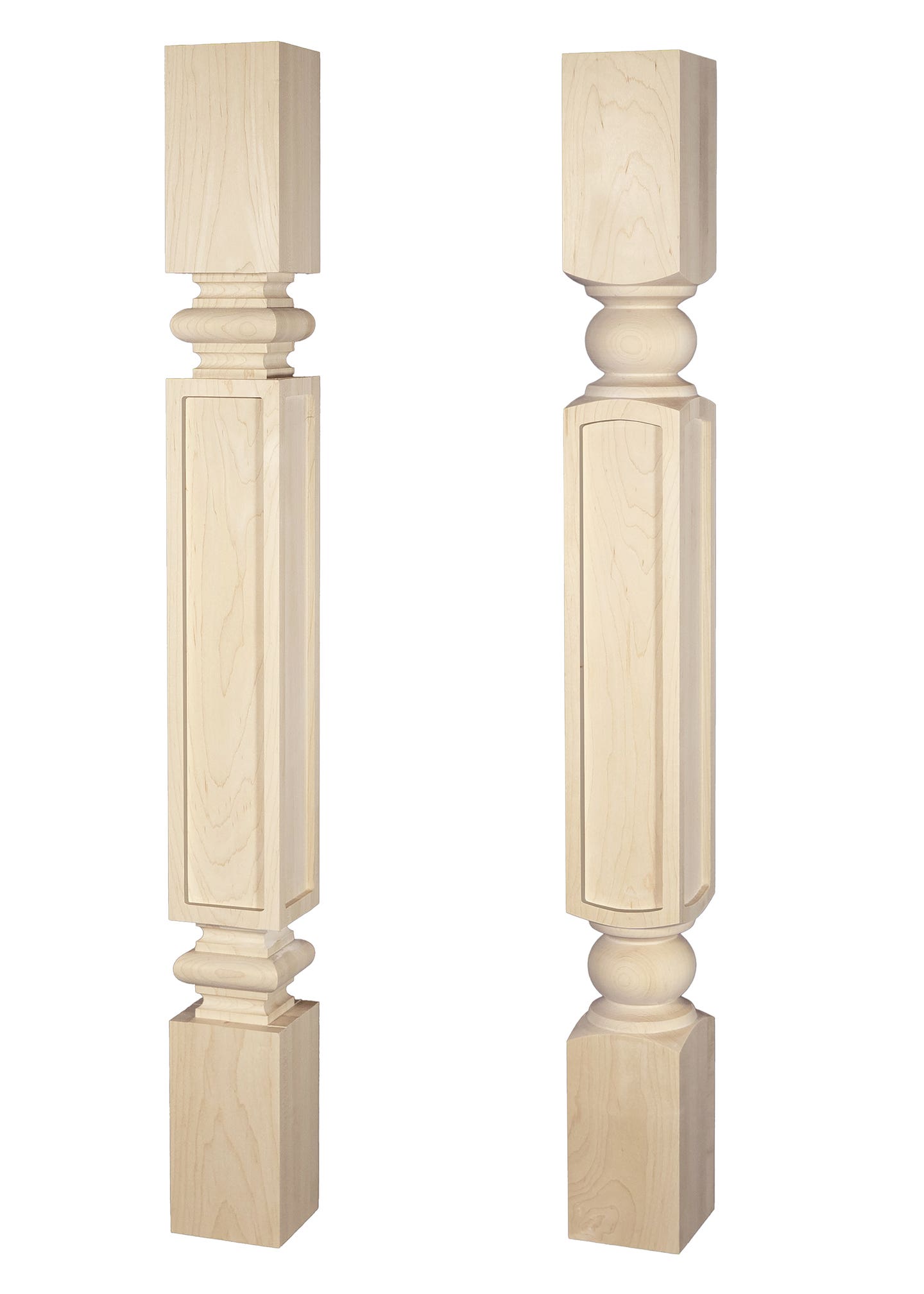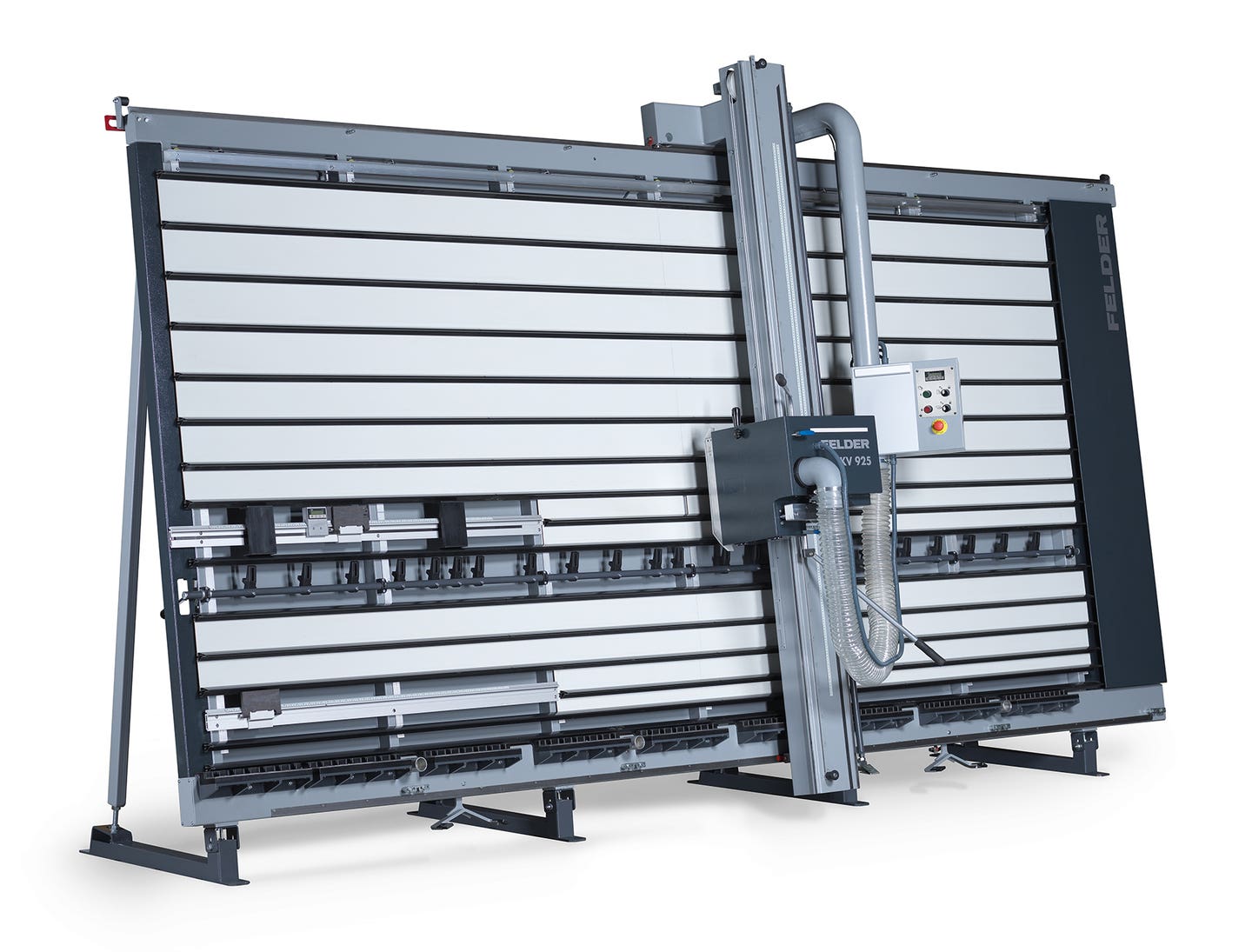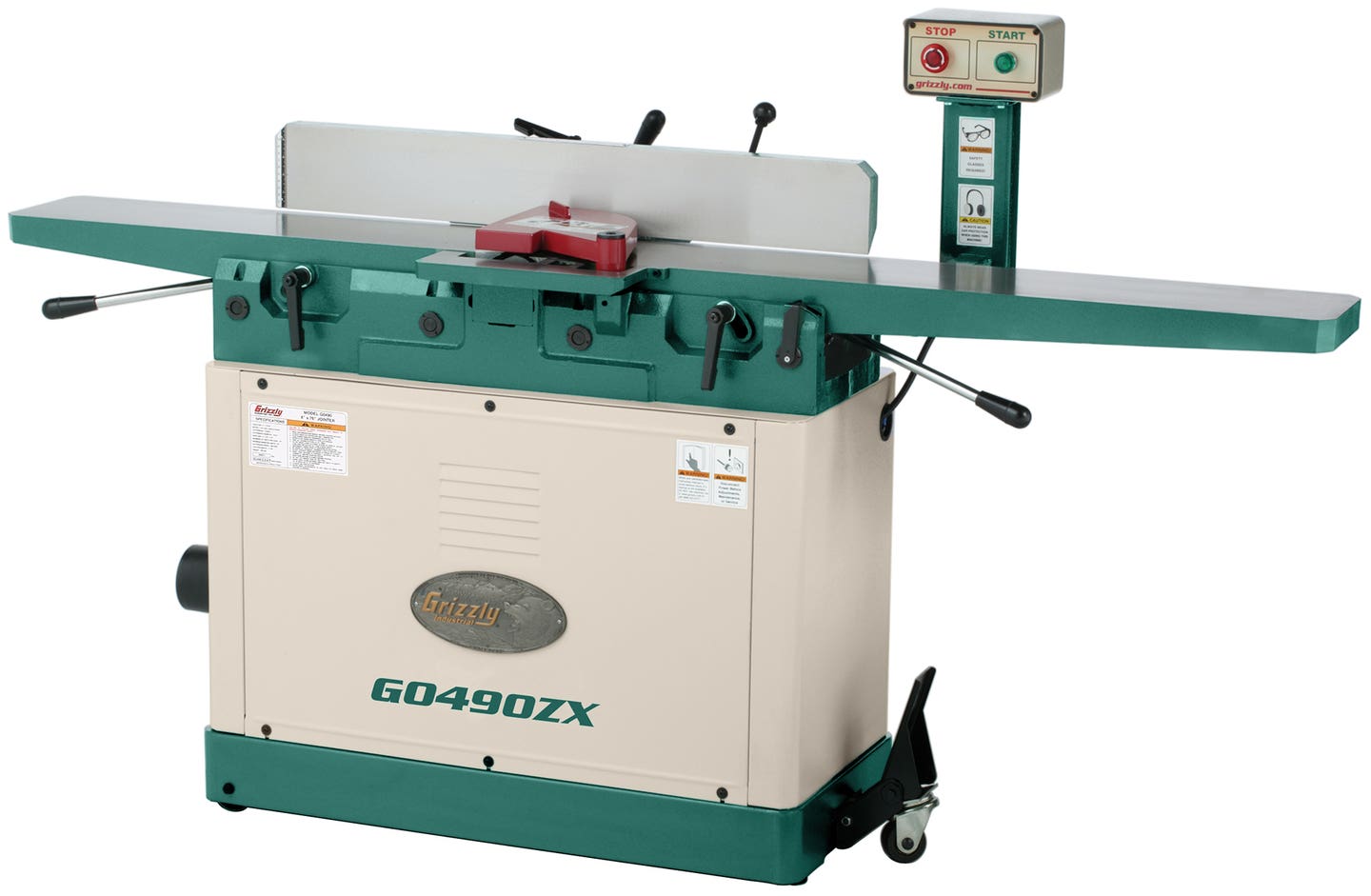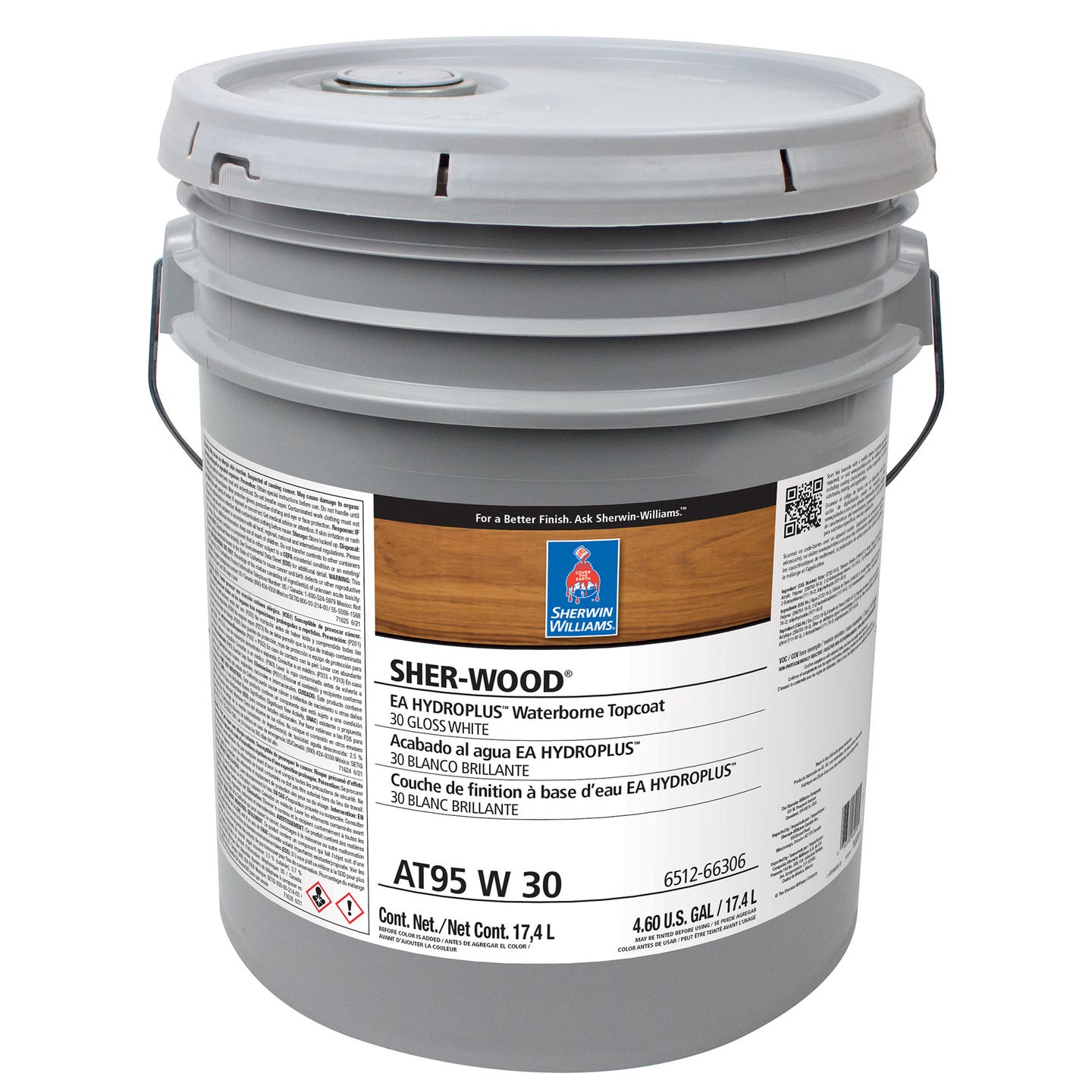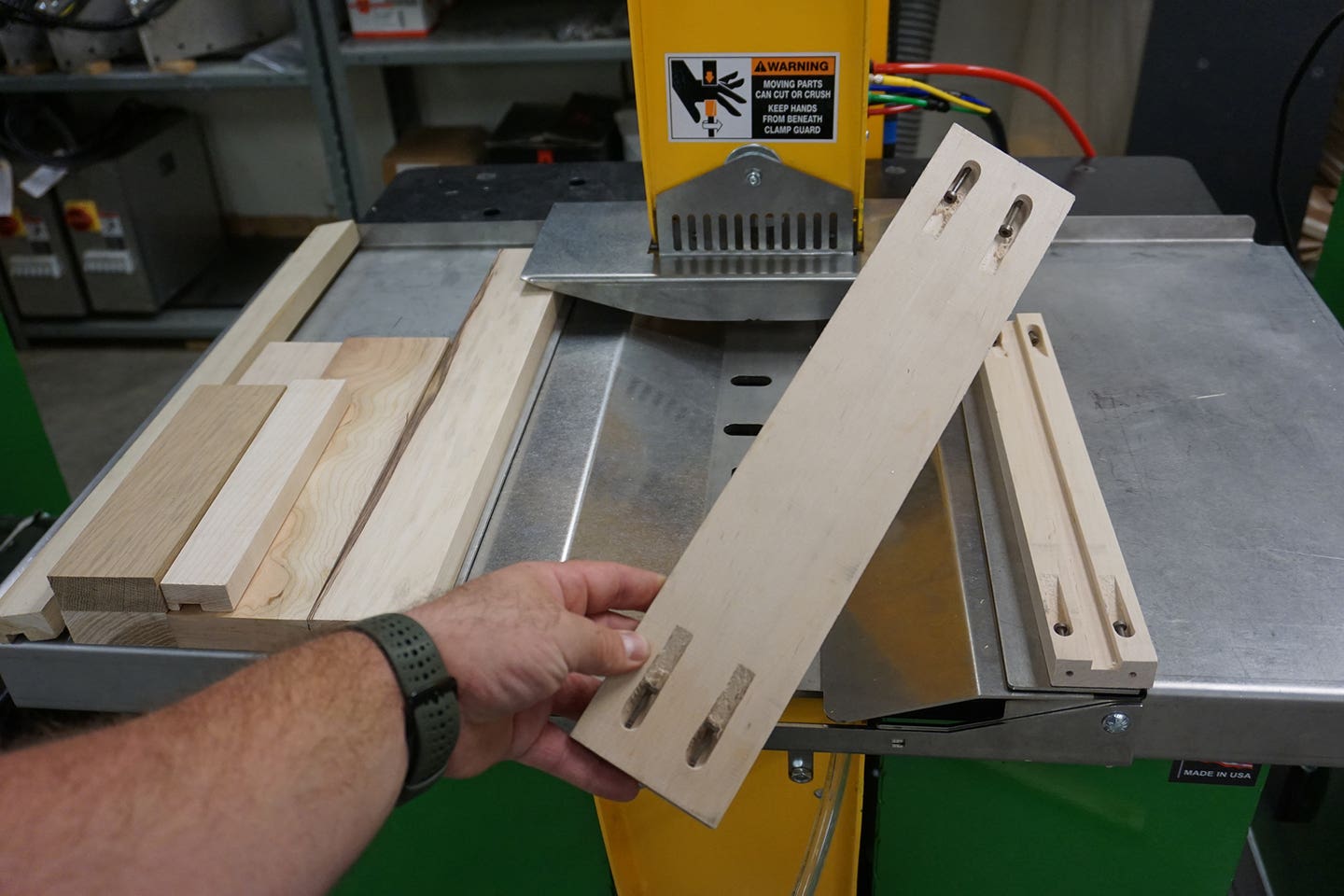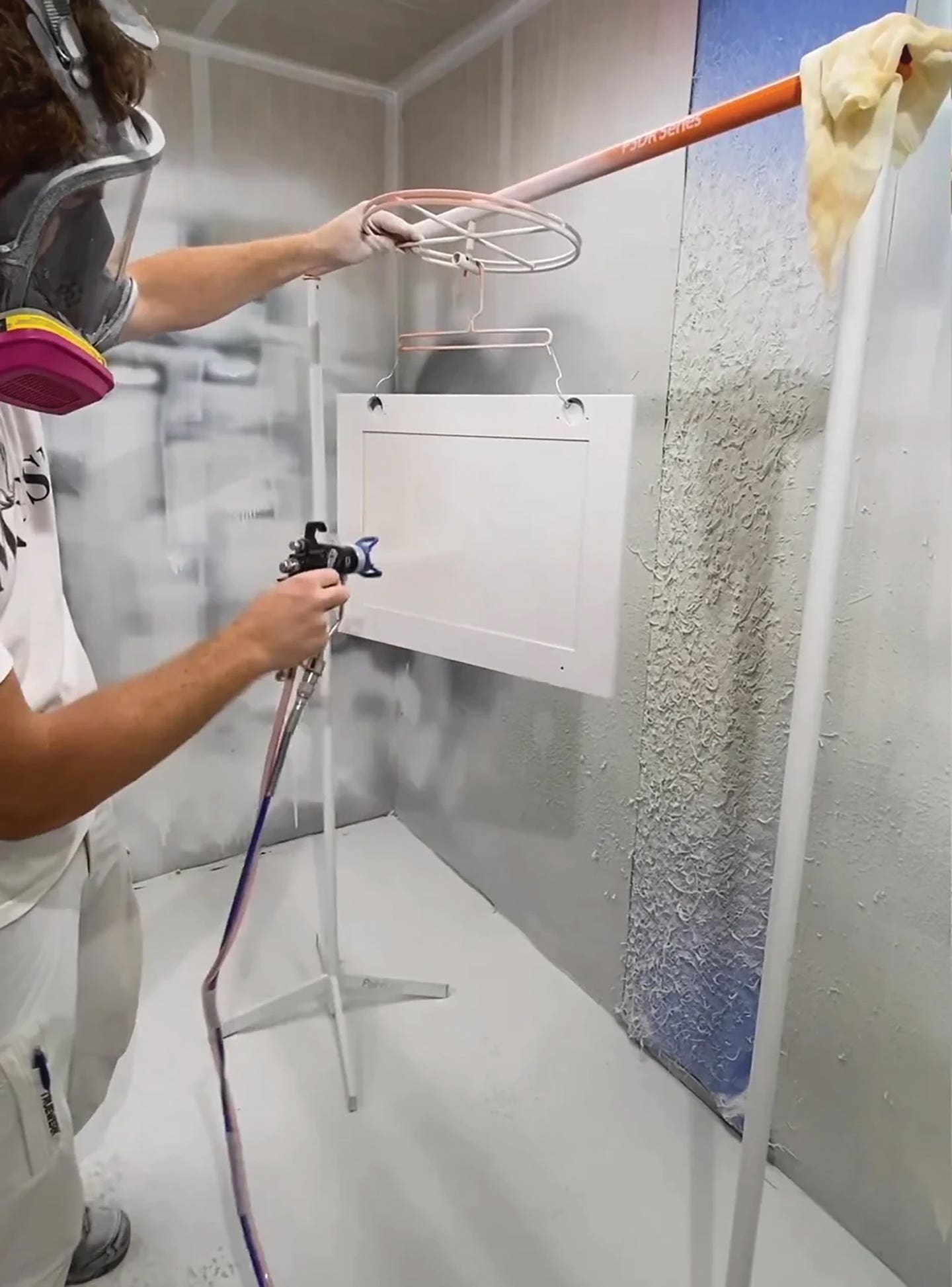Bütfering rolls out belt-sander series
Bütfering has engineered a new wide belt sander line, the SWT 300 series, with integrated advanced technology previously only available on larger machines and with the diversity to produce high-quality…
Bütfering has engineered a new wide belt sander line, the SWT 300 series, with integrated advanced technology previously only available on larger machines and with the diversity to produce high-quality results.
Machines in the series are equipped with either EPS (electro-pneumatic system) or MPS (magnetic pad system) technology. Both systems will process parts within a thickness tolerance range of 2mm, according to the manufacturer.
The sanders, distributed in the U.S. by Stiles Machinery, feature constant pass line and variable feed control as standard items, and offer the option of a touch-screen color control panel. They are available in single-, double-, triple- and four-head models, all with 53” wide sanding widths, and with horsepower ranging from 20 to 46. Panel thickness can also be controlled through a wireless thickness setting gauge.
Product manager Steve Jones says the machines are ideal for a wide range of production shops, including small shops that want advanced sanding equipment to larger shops that have greater production needs.
He explains that the differences between the two types of technology offered are that the EPS runs on pneumatic air pressure, whereas the MPS runs on electric current. The electric current is inherently more controllable than air pressure because it‘s based on software, he says. While both the EPS and the MPS models accomplish similar sanding tasks, the magnetic system does so to a finer degree of precision.
“The MPS offers a finer control of sanding pressure. It does that through electromagnetic current and software, which will apply sanding pressure depending on the surface area to be sanded. This is for sealer sanding, high-gloss sanding and higher production requirements.
“If you had the pneumatic EPS system, it would still sand to most people’s satisfaction. However, when you get into sanding sealers where you have very thin coating materials, you do have more of the chance of sanding through than you do with the magnetic system because there would be too much pressure. The pressure is not as controlled with a pneumatic system as it is with a magnetic system,” says Jones.
Jones adds that the EPS technology still has its advantages over standard sanding systems because it offers segmented pad sanding for veneer parts.
Sanders in the SWT 300 series range in price from $65,000 to $200,000.
Contact: Stiles Machinery. Tel: 616-698-7500. www.stilesmachinery.com
This article originally appeared in the January 2012 issue.


